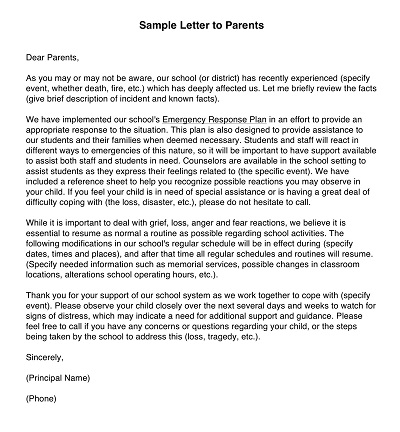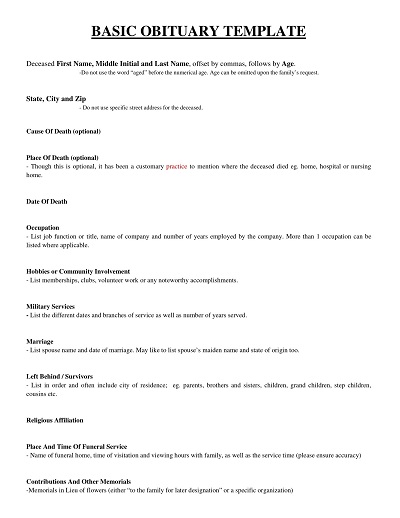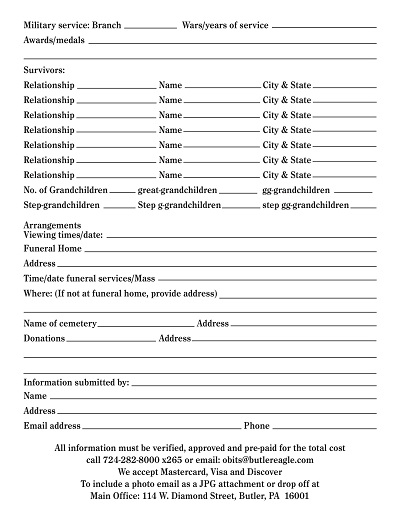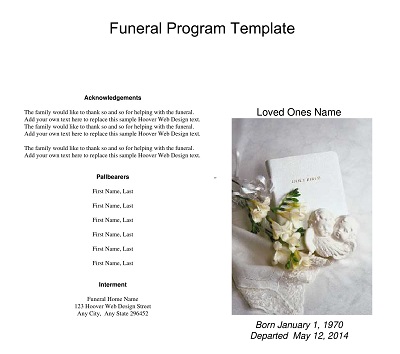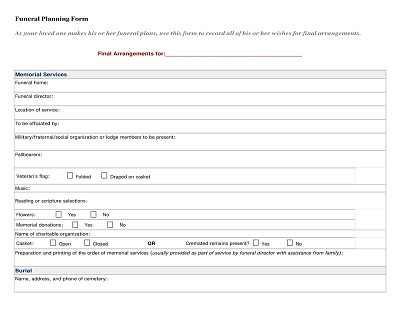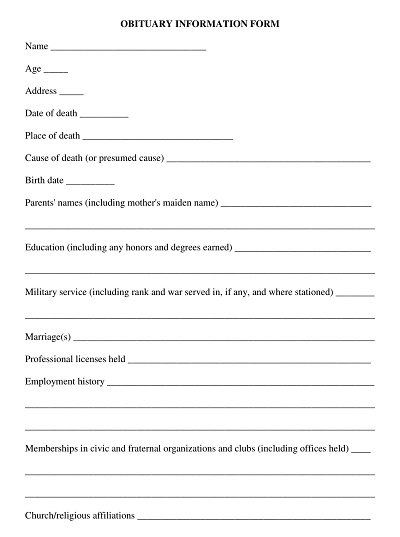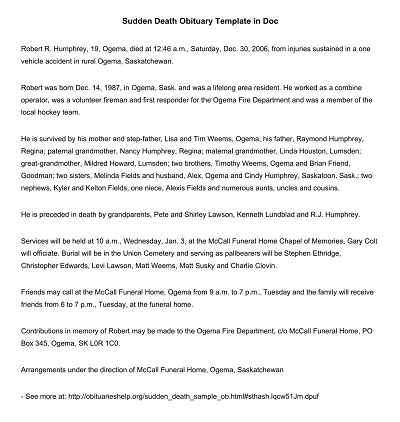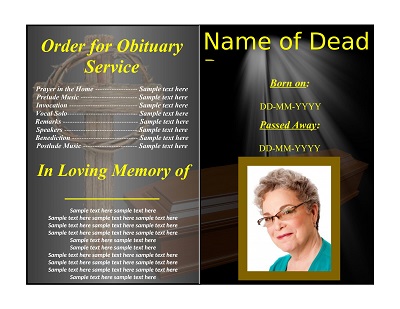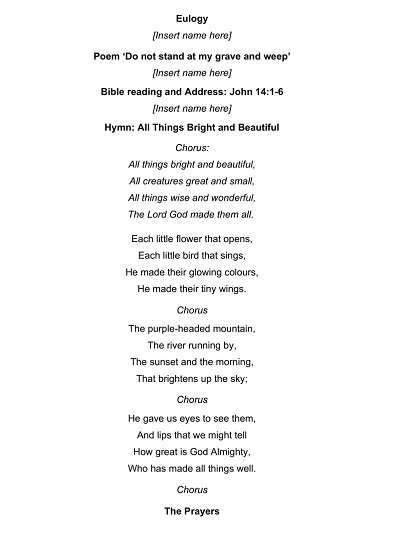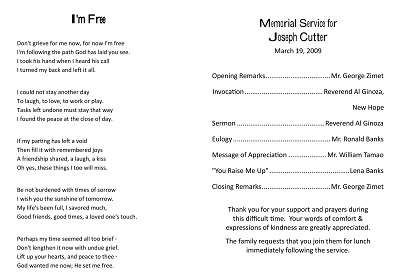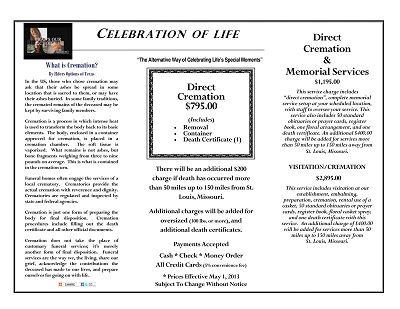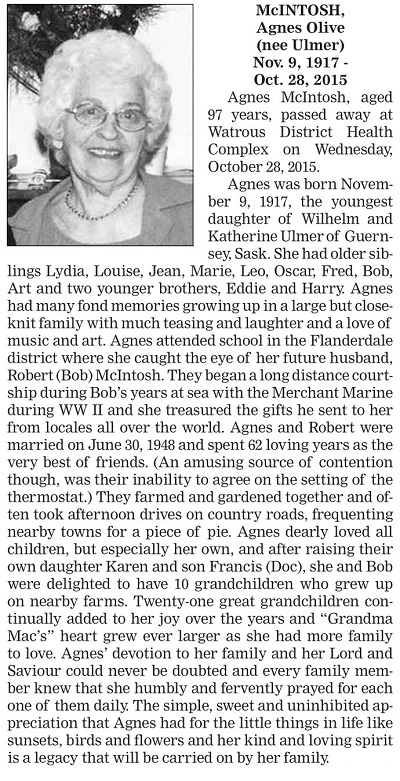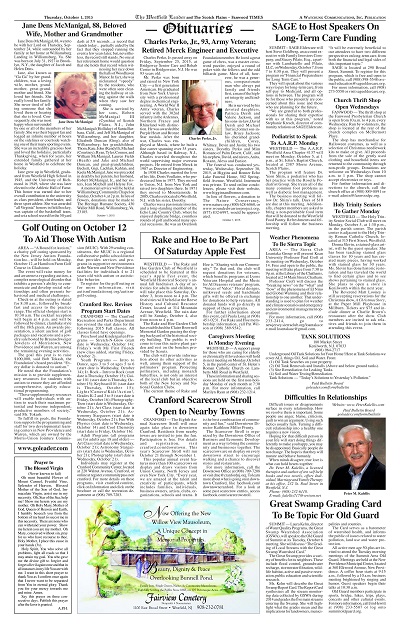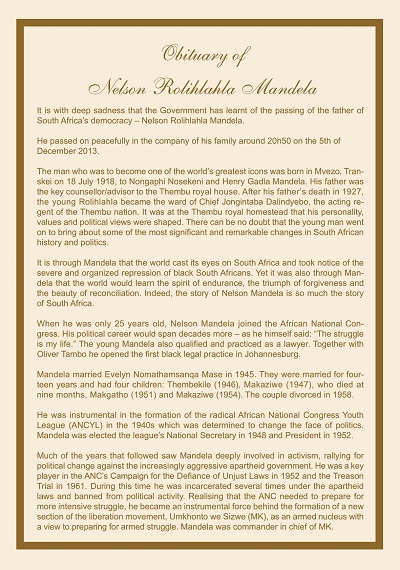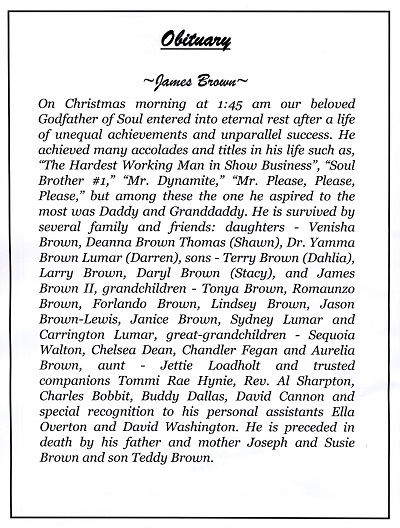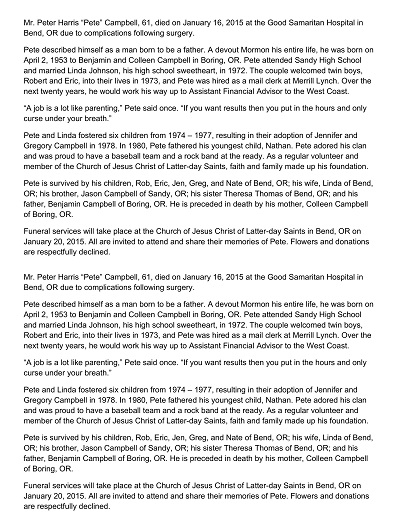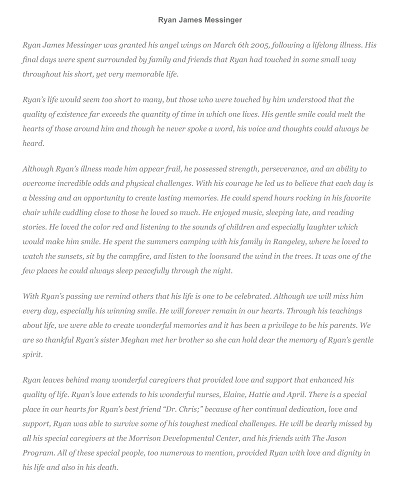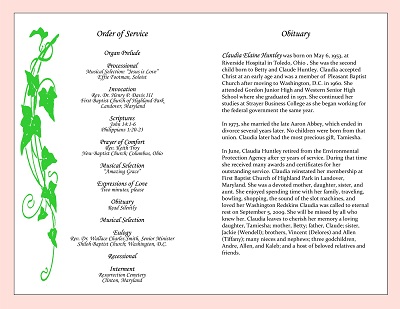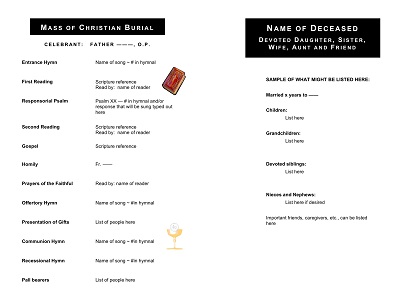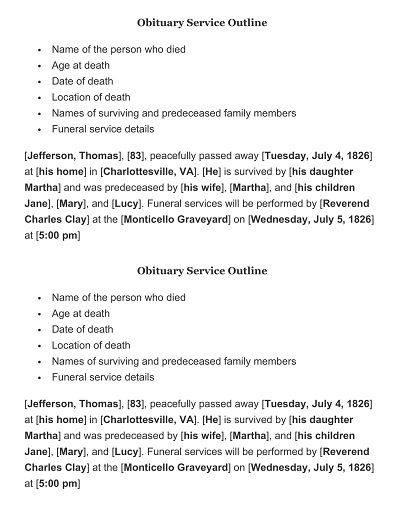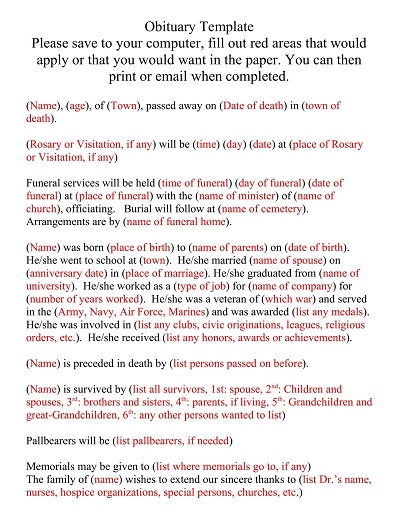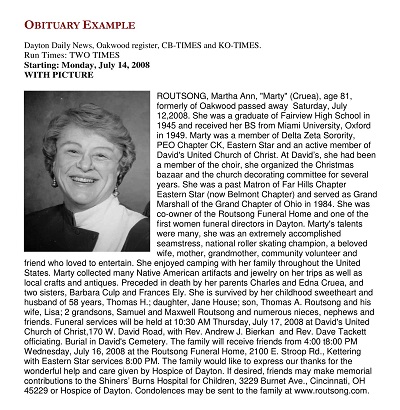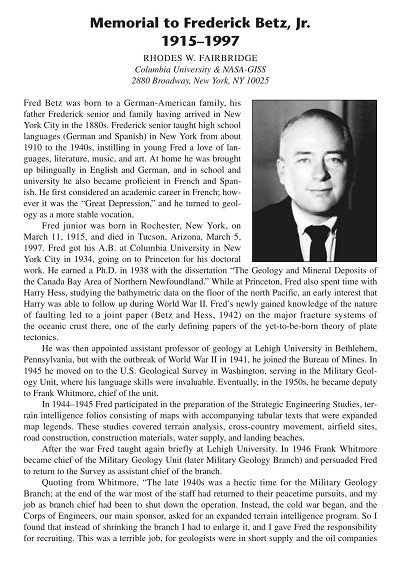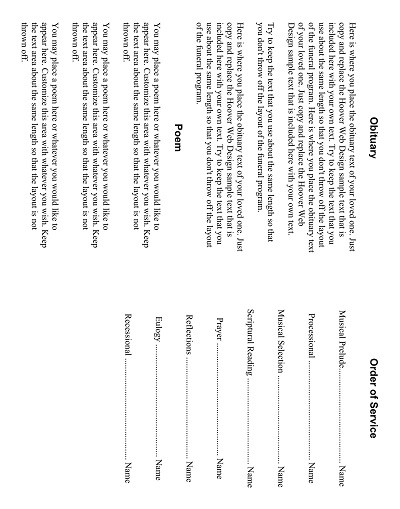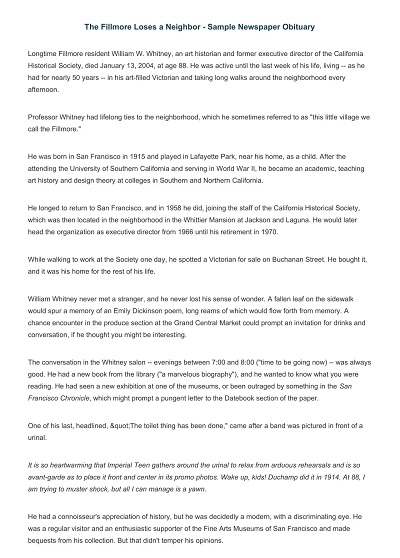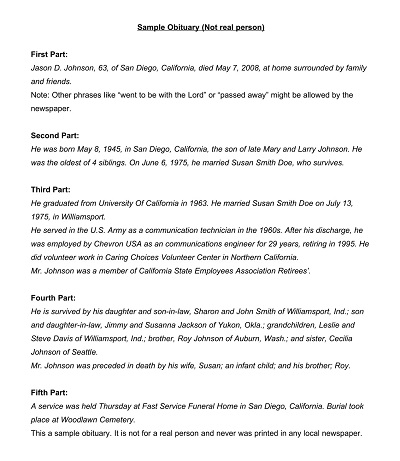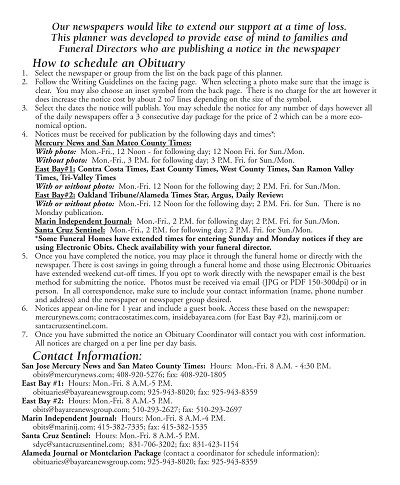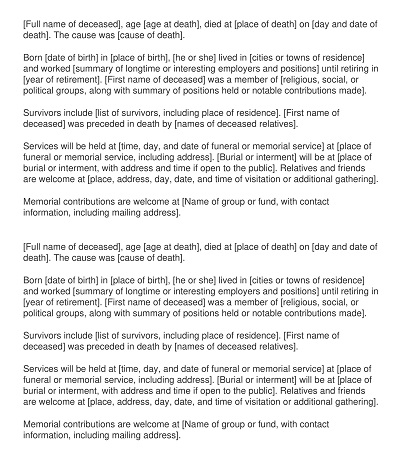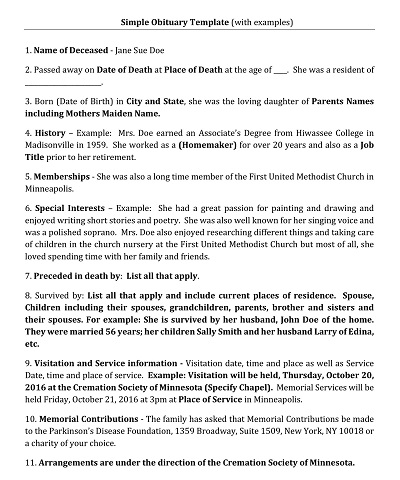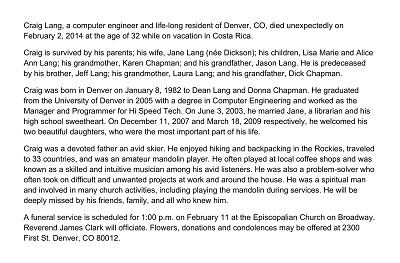60+ Free Simple Obituary Templates – MS Word, PDF
When we lose a loved one, writing an obituary can feel like a heavy and daunting task. But with a little guidance, creating a thoughtful and sincere tribute can be a healing and cathartic experience. An obituary template is a helpful tool that outlines all the important information that should be included in an obituary, such as the person’s name, age, place of birth, family members, and significant accomplishments.
While it can be difficult to find the words to express our grief and celebrate the life of our loved ones, having a template to follow can provide structure and help us to convey our feelings in a meaningful way. Whether we are sharing our loved one’s story in print or online, an obituary template can provide the foundation for a beautiful and fitting tribute.
Download Free Simple Obituary Templates
What Is an Obituary?
At some point in our lives, we all come across obituaries. However, not everyone may know exactly what an obituary is. Simply put, an obituary is a written notice that announces the passing of someone. These notices often include information about the individual’s life, such as accomplishments, hobbies, and surviving family members.
They are typically published in newspapers or online and serve as a way to honour and pay respects to the deceased. Obituaries can also provide comfort and closure for those who knew the person and inform others who may have been impacted by their life.
Importance of an Obituary
An obituary is a particular sort of news story. It’s an account of a person’s life seen through the eyes of their loved ones, filled with their adventures, accomplishments, and the precious moments they shared with those around them. Obituaries are like a form of biographical sketch, a public declaration of their life and impact on the world.
Think for a second that life is a book. An obituary sample is the final chapter of that book, where we appreciate the whole story in its entirety. When someone passes away, an obituary is a way for us to remember them, memorialise their life, and share their story with others.
Obituaries also play a crucial role in honouring the deceased. They are our chance to express our feelings for them, show how much they mean to us, and thank them for being a part of our lives. Sometimes, reading and writing obituaries can help us cope with our grief by giving us a chance to reflect on the beautiful moments we shared with the deceased, even as we say our final goodbyes.
9 Different Types of Obituary Templates
Using a eulogy or obituary format can help guide you through the process. Here are the nine different types of death notice layouts:
- Traditional Obituary: This sample includes standard components like name, age, date of death, brief biography, surviving family members, and details about the funeral service.
- Personalised Obituary: This template incorporates all the standard components and includes a personal anecdotes or stories section, offering a more personalised tribute.
- Life Story Obituary: This template allows the family to share a more narrative account of their loved one’s life, including significant milestones and accomplishments.
- Multi-Column Obituary: This template is suitable for those who want to include more detailed information, such as a more extended biography or list of accomplishments and awards.
- Simple Obituary: Ideal for newspapers with word limits, this template condenses key information into a concise format. It focuses on essential details such as the deceased’s name, age, date of passing, and surviving family members.
- Creative Obituary: This template allows for more personalisation and creativity. It includes unique anecdotes, hobbies, achievements, and memorable moments about the departed individual.
- Military Obituary: Designed for veterans or active-duty service members, this template honours their military service, including rank, branch of service, awards, commendations, and notable achievements.
- Child or Infant Obituary: Sensitively crafted for grieving parents, this template acknowledges the loss of a child or infant, expressing condolences, memories, and the child’s impact on their family and community.
- Pet Obituary: Recognizing the significance of pets in our lives, this template allows pet owners to memorialise their beloved companions, sharing cherished memories, traits, and the joy they brought to their families.
5 Key Components of an Obituary Template
An obituary is a heartfelt way of announcing the passing of a loved one, and it also serves as a concise life history. The key components of an Obituary are:
Name / Announcement section
You’d put the deceased’s full name, nickname if they had one, age, place of residence at death, and the day, date, and place of death. You may also include the cause of death.
Life section
Include their date and place of birth, names of their parents, and details about their childhood, like siblings, schools, and friends. Information about their marriage, education, employment, military service, places of residence, hobbies, and affiliations also go here. Also, mention their achievements, disappointments, and unique attributes or stories.
Family section
Lists the relatives they have left behind, such as the spouse, children and grandchildren, parents, siblings, and others like nieces, nephews, and cousins. You can also list friends and pets if appropriate. It’s common also to note those who had predeceased them.
Service section
Provide details about the funeral or memorial service, including the day, date, time, place, officiant name, and honorary pallbearers. Information about visitation, reception, other services, the place of interment, and the funeral home in charge of arrangements also goes here.
End section
Lastly, mention memorial funds established, suggestions for memorial donations, express gratitude to individuals or groups, and share a favourite quotation or poem that encapsulates their life.
Obituary VS a Death Notice
Losing a loved one can be a difficult and emotional time, and it’s important to know the different ways to honour their memory. That’s why understanding the differences between an obituary and a death notice is crucial. An obituary is a more detailed written tribute to the deceased’s life and accomplishments, often published in newspapers and online.
On the other hand, a death notice is a brief statement announcing the passing of an individual, traditionally posted in the classified section of a newspaper. Both serve as a way to share the news of a person’s passing, but an obituary provides a deeper look at their life and legacy. Whether you write an obituary or a death notice, the most important thing is to honour and remember the life of the person who has passed.
Ideas for Unique and Meaningful Words of Remembrance
Remembrance is a powerful way to honour the legacy of loved ones who have passed. Words of remembrance allow us to express our deepest feelings and emotions towards those we have lost, often bringing comfort and healing to ourselves and others.
While traditional words such as “rest in peace” or “forever in our hearts” hold significance, there are various other ways we can creatively express our remembrance. For instance, we can choose a quote that encapsulates the essence of our loved one, use lyrics from their favourite song, or write a poem that captures their spirit. Ultimately, words of remembrance offer a special way to pay tribute to those we love and keep their memories alive.
Understanding Legal Requirements for Publishing an Obituary
Saying goodbye to a loved one is never easy, and publishing an obituary can be emotional. But did you know that there are legal requirements to consider as well? While obituaries may seem personal, they are considered public documents and must follow certain guidelines.
Before publishing an obituary, it’s important to understand the legal requirements in your state or country. These requirements can vary based on the deceased’s age, cause of death, and local laws. By following the proper legal procedures, you can honour your loved one’s legacy while ensuring that you comply with the law.
How to Create an Obituary Template
Losing a loved one is never easy. Writing an obituary can be challenging, especially when you are grieving. A well-written and thoughtful obituary can provide comfort, a celebration of life, and healing.
Gather Information
The first step is to gather essential information about the deceased. This includes their full name, date, place of birth, date of death, and surviving family members. You may also want to include details about their education, career, hobbies, and significant contributions to their community. Ask family and friends to share stories and memories you can include in the obituary. This process may help you discover parts of their life you were unfamiliar with and an opportunity to celebrate their achievements and legacy.
Choose A Format
Next, decide on the format of the obituary. Will it be a traditional obituary in the newspaper or a digital version to be shared on social media and other platforms? You can create a unique and personalized funeral or memorial service obituary booklet.
Write the Obituary
The next step is to write the actual obituary. Start with a catchy introduction that captures the deceased’s essence. Be creative and use quotes that they love or anecdotes that showcase their personality. Begin with a timeline of their life, including significant milestones and accomplishments. Then, mention surviving family members, including spouses, children, grandchildren, and siblings. Finally, conclude with more details about their hobbies, personalities, and final words of tribute.
Editing and Proofreading
After writing the obituary, proofread and edit it several times. Check for errors, spelling mistakes, or grammatical errors. Ask a friend or family member to read it over and give feedback. Ensuring that the obituary is accurate and respectful and includes all the essential details is essential.
Consider an Obituary Template
Once you have completed the obituary, consider creating a template you can reuse for future use. A template can save time and reduce the stress of creating a new obituary from scratch. It also ensures consistency in the format and content of the obituary.
How to Customize a Simple Obituary Template
Customising the template includes the following steps.
- Choose the template: Some obituary samples are short and to the point, while others offer more room for personal stories and tributes. Pick the one that suits the story you want to tell.
- Add a personal touch: The obituary is like their last public appearance. So, make sure it truly represents who they were. Did they love cooking? Mention their famous apple pie. Were they a travel lover? Talk about the time they backpacked through Europe.
- Include a picture: Include a photo that captures the essence of your loved one. It could be a formal photo, a candid snap, or even a picture of them with their pet.
- Honour their traditions: Every culture and family has its traditions. If your loved one was religious, or there were certain family traditions they loved, make sure to include these.
- Ask for a second set of eyes: Have someone else go through it once you’re done. They’ll be able to help you spot mistakes and ensure the tone is right.
- Speak from the heart: Finally, remember there’s no right or wrong way to write an obituary. Speak from the heart and let your love for them shine through your words.

